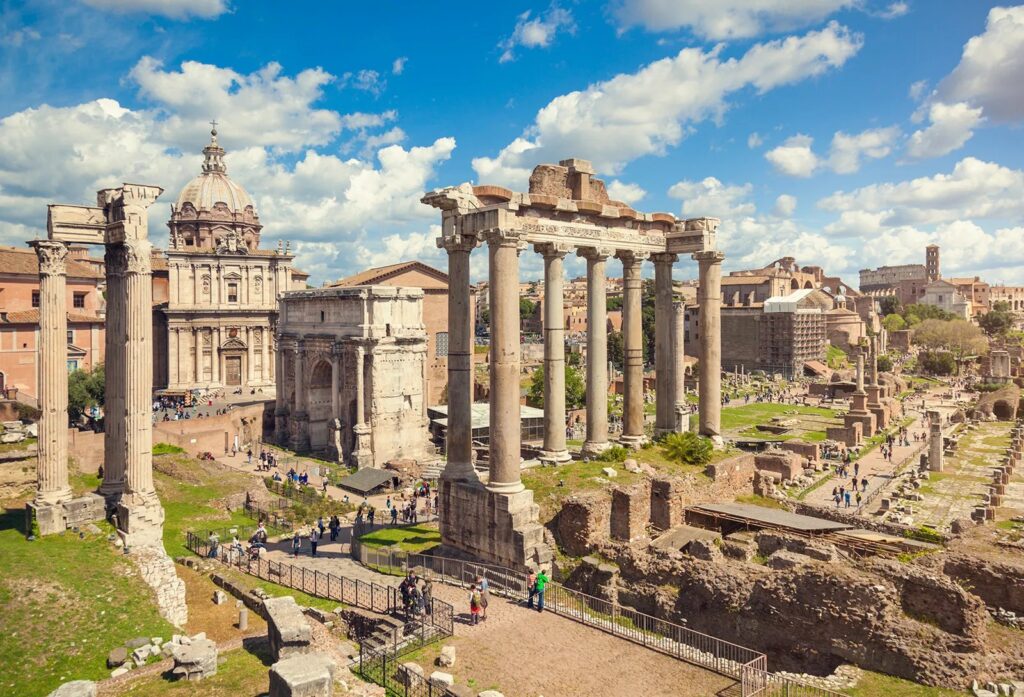
Rome, the Eternal City, is a treasure trove of history, culture, and art. With its ancient ruins, stunning architecture, and world-renowned museums, it’s no wonder that many travelers opt for private tours to fully immerse themselves in the city’s rich offerings.
A private tour in Rome can provide a personalized experience, allowing visitors to explore the city’s highlights at their own pace, ask questions, and gain insights from knowledgeable guides. However, the cost of these tours can vary significantly based on various factors. This article delves into the details of private tour pricing in Rome, helping prospective visitors understand what to expect.
Factors Influencing the Cost of Private Tours in Rome
- Type of Tour
Walking Tours: Basic walking tours focusing on specific areas (like the Colosseum, Vatican, or Trastevere) typically range from €100 to €300 for a small group or family.
Themed Tours: Tours that focus on specific themes such as art, food, or history may cost between €150 to €400, depending on the complexity and duration.
Luxury Tours: High-end experiences with a family tour, including private drivers, exclusive access to sites, or gourmet dining experiences, can range from €500 to €1,500 or more.
- Duration:
Private tours can range from a couple of hours to an entire day. Shorter tours (2-3 hours) may start at around €100, while full-day tours can cost anywhere from €400 to €1,000, depending on the itinerary.
- Group Size:
The more people in a group, the lower the cost per person. A private tour for two may be more expensive per person than a tour for six. Some companies offer fixed prices for groups, while others charge per individual.
- Included Amenities:
Tours that include entrance fees to attractions, meals, or special experiences (like skip-the-line access) will generally be more expensive. For instance, a tour that includes a meal at a local trattoria may cost an additional €50 to €100 per person.
- Time of Year:
Prices can also fluctuate based on the season. Peak tourist seasons (spring and summer) may see higher rates due to increased demand, while off-peak seasons (late fall and winter) might offer discounted rates.
- Guide Expertise:
The quality and expertise of the guide can significantly influence the price. Highly experienced guides, especially those with specialized knowledge in art history or archaeology, may charge a premium for their insights. When visiting ancient Rome, one shouldn’t miss the Colosseum, an architectural marvel that embodies the grandeur of the Roman Empire. Its sheer size and intricate design evoke a sense of awe, while guided tours provide fascinating anecdotes about gladiatorial games and societal norms of the time. Engaging with this historical site enriches one’s understanding of Rome’s cultural heritage and vibrant past.
Additionally, the Roman Forum stands as another must-see, showcasing the heart of ancient political life. As you wander through its ruins, you’ll encounter remnants of temples and public spaces that once thrived with civic activities. Visualizing the bustling marketplace where citizens gathered for debates and commerce can transport you back in time. Guided tours often highlight key structures like the Senate House and Temple of Saturn, providing context to their significance. This exploration deepens your appreciation for Rome’s complex history, revealing how these sites laid the foundation for modern governance and societal organization.
Moreover, the Pantheon is an unmissable gem within ancient Rome, renowned for its stunning dome and oculus that brilliantly illuminates the interior. As you step inside this architectural masterpiece, the harmonious proportions and sheer scale evoke a sense of reverence and wonder and you can take a luxury tour in Rome. Guided explorations often delve into its transformation from a pagan temple to a Christian church, illustrating the adaptability of Roman architecture over centuries. Additionally, the intricate mosaics and tombs of notable figures further enrich your visit. This site not only captures ancient engineering prowess but also serves as a testament to Rome’s enduring influence on art and religion throughout history.
Another captivating site to explore is the Palatine Hill, one of the seven hills of Rome and a cradle of Roman mythology. Standing atop its heights, visitors can gaze down at the ruins of imperial palaces, where emperors once resided in opulence amidst lush gardens. Guided tours often reveal tales of Romulus and Remus, intertwining myth with history. The panoramic views from this vantage point are breathtaking, offering a unique perspective on the sprawling city below. As you traverse this ancient landscape, you gain insight into the power dynamics and cultural evolution that shaped Rome’s identity through centuries.
Finally, the Catacombs of Rome present an intriguing subterranean experience. These ancient burial sites, carved into the soft volcanic rock, provide a haunting glimpse into early Christian practices and beliefs. As you navigate through narrow passageways adorned with frescoes and inscriptions, a guided tour can illuminate the significance of these resting places in light of historical persecution. The chilling atmosphere fosters reflection on mortality and faith while showcasing Rome’s role as a center of early Christianity. This journey underground offers a profound connection to the past, enhancing your understanding of religious heritage in this timeless city.
Conclusions
When exploring ancient Rome, the Appian Way, or Via Appia, is an essential stop. This historic road, one of the earliest and most important Roman highways, stretches over 500 kilometers and features well-preserved ruins along its path. Walking or biking along this ancient thoroughfare allows visitors to witness remnants of tombs, villas, and aqueducts that once flourished in the surrounding landscape. Guided tours often narrate stories of military conquests and trade routes that shaped Rome’s expansion. Experiencing the Appian Way connects you with the essence of Roman ingenuity and the enduring legacy of their engineering feats.





